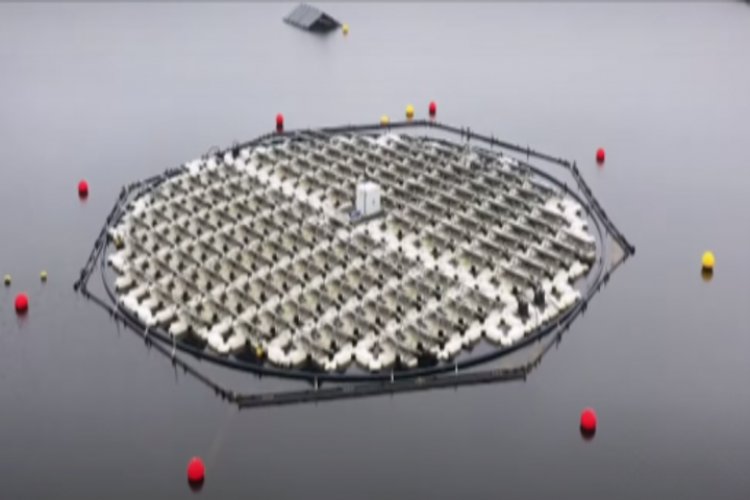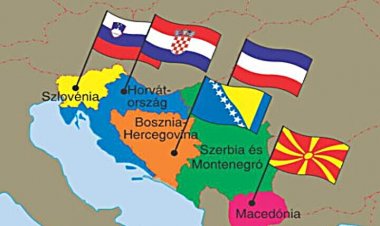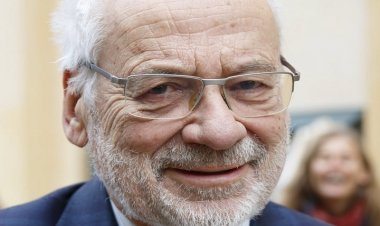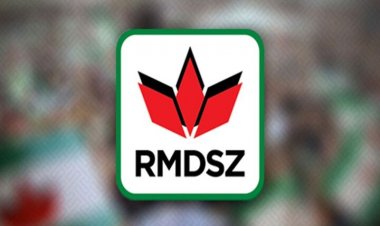Europe's Unitary Patent

Boosting innovation and simplifying patent protection
Inventions that push the boundaries of technology and sustainability are essential for building a brighter future. Europe is at the forefront of innovative solutions, we explore two remarkable example: a floating solar farm.
Floating Solar Farms: Maximising Energy Production
The Proteus floating solar array, located near Rotterdam in the Netherlands, is a groundbreaking project that combines floating photovoltaic panels with advanced sun-tracking technology.
Developed by the Portuguese company SolarisFloat, Proteus has the ability to rotate from east to west throughout the day, maximising its exposure to sunlight. This innovative concept addresses the challenge of land scarcity in countries with abundant water resources. a
By harnessing floating solar technology, Proteus offers a 40% increase in energy production compared to traditional stationary solar panels.
SolarisFloat recognised the importance of protecting its intellectual property and registered five patents for its groundbreaking innovation. Until recently, securing patent protection in Europe was a complex process, involving separate applications in individual countries or a Europe-wide patent with separate renewal fees. However, the implementation of the Unitary Patent in June 2023 brings a transformative change to the patent landscape.


























